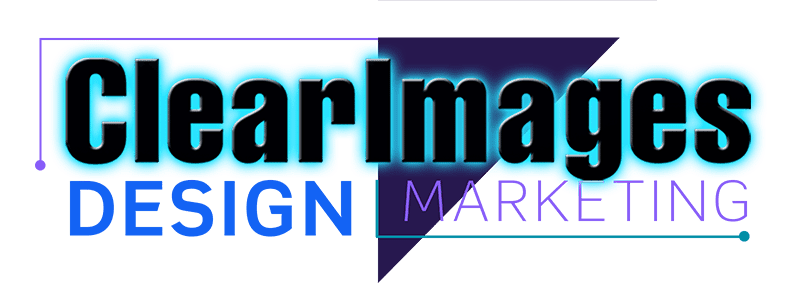However, it’s difficult to do this when you lack designing know-how. There’s a lot to consider, from formats to fonts and beyond! Our designers have decided to share their top tips to help you.
#1 Copy And Content
Before you get ahead of yourself, start with a corporate brochure’s basic building blocks; copy and content. These will influence your decision around your brochure’s layout, format, length, and font size.
Avoid large chunks of copy, as they tend to deter readers. As attention spans plummet and modern life busiest, consumers are less likely to read and more likely to scan pages instead. Separate your copy into paragraphs and use headlines and sub-headliners as structure. If you need to list any information, do it in bullet points to get your message across quickly and efficiently.
When choosing images, make sure to exclusively choose high-quality images that do not pixelate when made smaller or larger. In an era where the masses have access to high-tech cameras, the quality of your images reflects the quality of your standards and offerings.
#2 Where Folds Meet Function
Finding your fold requires thinking about how your readers will interact with your brochures; the order in which each panel will be read.
Bifold brochures have two panels. Readers will first look at the cover and then open it to see what’s inside. Finally, they will close it to look at the back.
Trifold brochures have—you guessed it—three panels. Each panel will be unfolded separately, starting with the cover. Consider adding an interesting, attention-grabbing surprise inside to encourage them to read further for more. These tend to be the most popular for corporate purposes.
Pro tip: Although each panel, especially for tri-folds, tends to act as boundaries, you don’t need to restrict the designing process. You can spread images and copy across two panels for a contemporary, cohesive look.
#3 A Compelling Cover
A brochure’s cover is its hook; it should grab attention and draw readers in. Designing a compelling corporate cover involves simplicity and intrigue. Keep it concise with minimal copy and information. This makes it easier and faster to read at a distance, which is important as brochures are usually displayed in racks. Don’t overcrowd your cover; use impactful imagery that reflects your brand’s essence.
#4 Make Acting Easy
Your brochure should have a purpose; the desired action that you need readers to complete. For your brochure to fulfill its purpose, you need to make it easy for readers to act.
To encourage readers to take a specific action, place clear, concise CTAs (calls-to-action) throughout your brochure in strategic places. Don’t hide them within large paragraphs; place them loud and proud as stand-alone segments to urge readers to follow-through. Think “Contact Us Today!” and “Book Free Session Now!”
You’ll also want to make sure that your contact details are highly visible and easy to find, including your website, social media profiles, address, and any QR codes.
As you can see, designing corporate brochures takes a lot of thought, strategizing, and design-savvy. If you need help designing corporate brochures that sell, come to ClearImages Design! Our designers have crafted highly professional and effective brochures for every industry – likely yours too!
Get in touch with us today for corporate brochure designing consumers actually want to keep!


Recent Comments